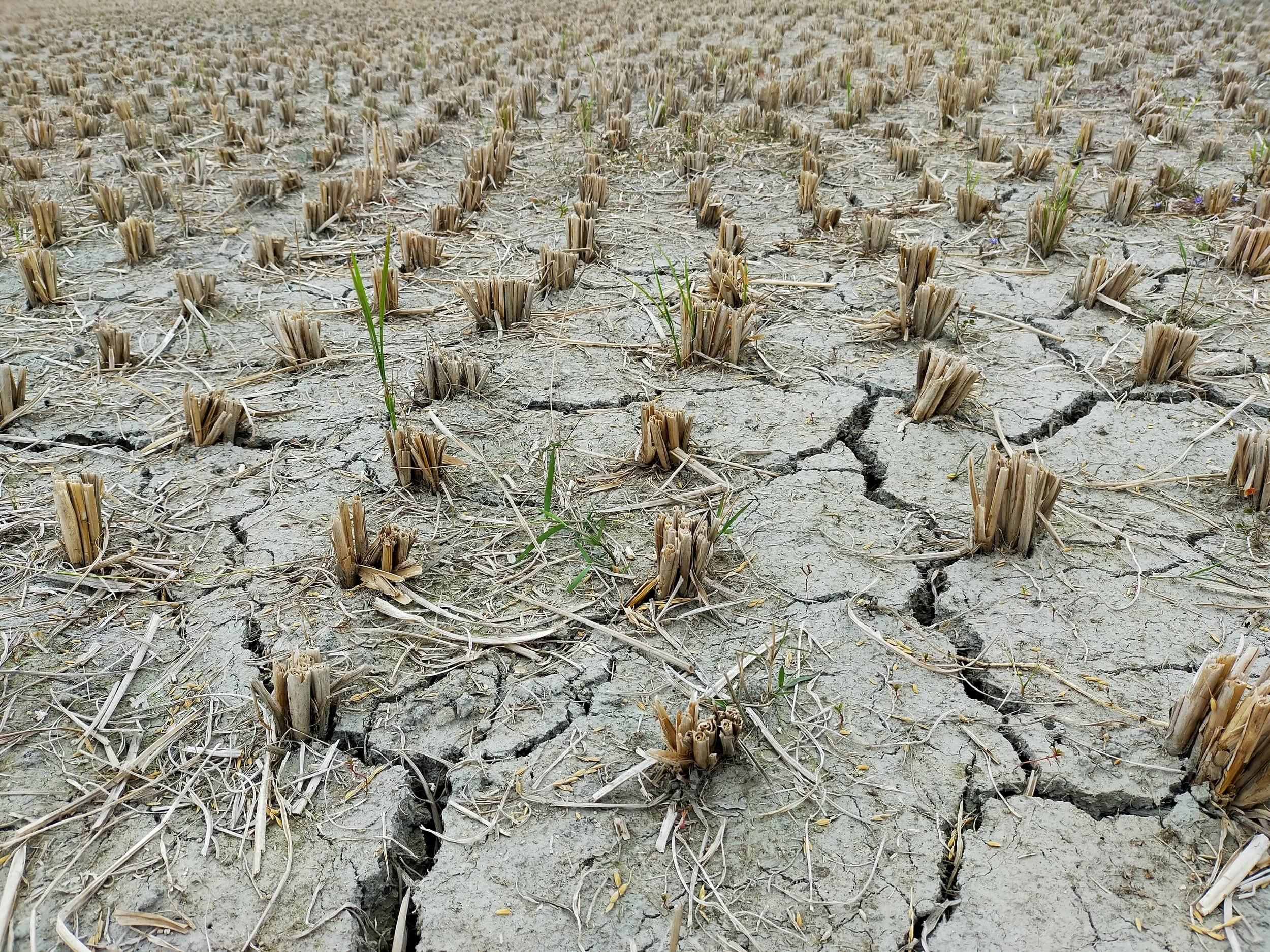Multiple months of extreme heat in India and Pakistan and an early-summer heatwave in Western Europe are just the latest manifestations of climate change to make headlines. But rising temperatures and droughts are only expected to worsen and increase in frequency, with some regions facing a particularly untenable situation with inevitable displacement, loss, and damage.
Human migration due to droughts in particular will increase by at least 200% throughout the rest of the 21st century, according to a recent study published in International Migration Review. The Stony Brook University team worked from 16 climate models and social science data to generate their predictions, focusing on two scenarios. In an ‘optimistic’ scenario, in which countries live up to their Paris Agreement commitments, the percentage increase in drought-induced migration stands at 200%. In a pessimistic scenario, based on current energy use and emissions, that number has the potential to reach a staggering 500% increase.
The study marks an important research pathway that can better help policymakers and the general public understand how specific manifestations of climate change will impact human mobility and cause widespread loss and damage. The researchers estimate that a large group of people will want to migrate but will be unable to do so as droughts cover increasingly large areas, thus reducing the number of possible destinations. The authors also highlight that those on the move due to drought and other climate-related events lack adequate legal protections and require a “multi-lateral holistic policy approach” moving forward, in line with recommendations made by activists, experts, and a growing number of other academics, as we highlighted in a recent article.
Middle East particularly vulnerable
While no region of the world will be unaffected by climate change, extreme heat and droughts are likely to be worse in certain areas, as the Stony Brook authors note.
The Middle East, and the MENA region overall, is particularly vulnerable to heat-related climate events, with the average temperature in the region having risen by more than twice the global average since 1990. The International Monetary Fund (IMF) says that the region’s hottest countries - Bahrain, Djibouti, Mauritania, Qatar, and the UAE - could see an “immediate decline in per capita economic growth of around 2 percentage points” for each temperature increase of 1 degree Celsius.
In addition to increasing temperatures, rainfall is declining throughout the Middle East, exacerbating an already dire water crisis. The region already contains 12 of 17 of the world’s most water stressed nations, and 60% of the MENA population has little or no access to potable water. With many countries already importing fresh water, rising temperatures combined with decreasing rainfall may very well cause water disputes.
In Iraq, the world’s fifth-most vulnerable country to extreme temperatures and water scarcity, climate change is already causing migration as well as loss and damage. One in 15 households saw at least one member migrate in search of economic opportunity in 2021, and it is often farmers who are on the front lines.
Rising temperatures and water shortages, which increase the cost of irrigation or make it altogether impossible, are severely reducing agricultural productivity and exacerbating pest and disease problems. By 2050, a third of Iraq’s irrigated land could lack adequate access to water, according to the World Bank.
As more and more farmers and others move from rural areas to Iraq’s urban centers, competition for jobs and resources is likely to lead to social conflict and growing income inequality.
Aid groups and activists working in the region are calling for greater government support for farmers, including compensation for crop loss. Such compensation should aim to keep farmers on their land wherever possible. Otherwise the Iraqi economy overall will suffer and the nation will likely be forced to increase its imports of food staples, something already made difficult and costly by the Ukraine conflict. Compensation for farmers must also address related issues, such as farmers going into debt as they desperately attempt to combat rising temperatures and droughts through financially and environmentally unsustainable methods.
Urgent, accessible, and scalable solutions needed
While the situation is dire, various solutions are in the works. Iraq has embarked on a program of providing more durable and drought-resistant seed varieties to farmers, though cost, access, and education to ensure successful planting and harvesting remain a concern for groups familiar with conditions on the ground.
Egypt, which faces major threats of sea level rise around Alexandria as well as saltwater intrusion in the Nile River delta - the nation’s breadbasket - was the world’s first to introduce a sovereign green bond in 2020. Meant to encourage investment in sustainable projects, it was so popular that the government subsequently expanded the program.
Despite these glimmers of hope, if efforts to curb emissions and better protect and prepare vulnerable populations are not significantly scaled up, heat and drought will continue to cause migration within and out of the Middle East, undermining an already fragile region’s economic and political stability. And the benefits of chosen solutions must meaningfully protect those who are most vulnerable, such as the small-scale farmers in Iraq or the urban poor in Alexandria. Otherwise, rising temperatures and droughts will continue to cause significant loss and damage in the region and elsewhere.


